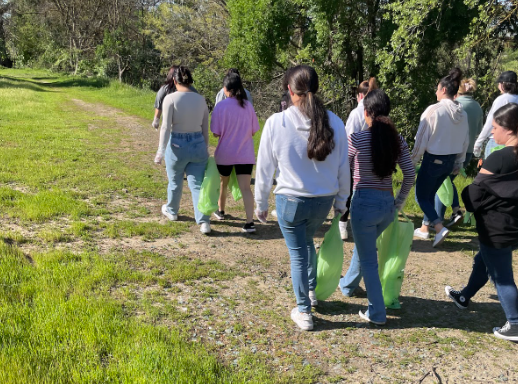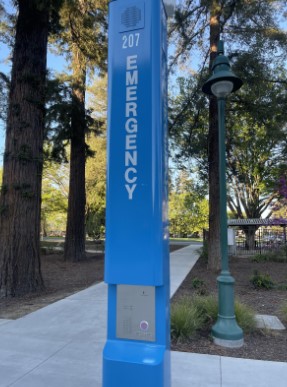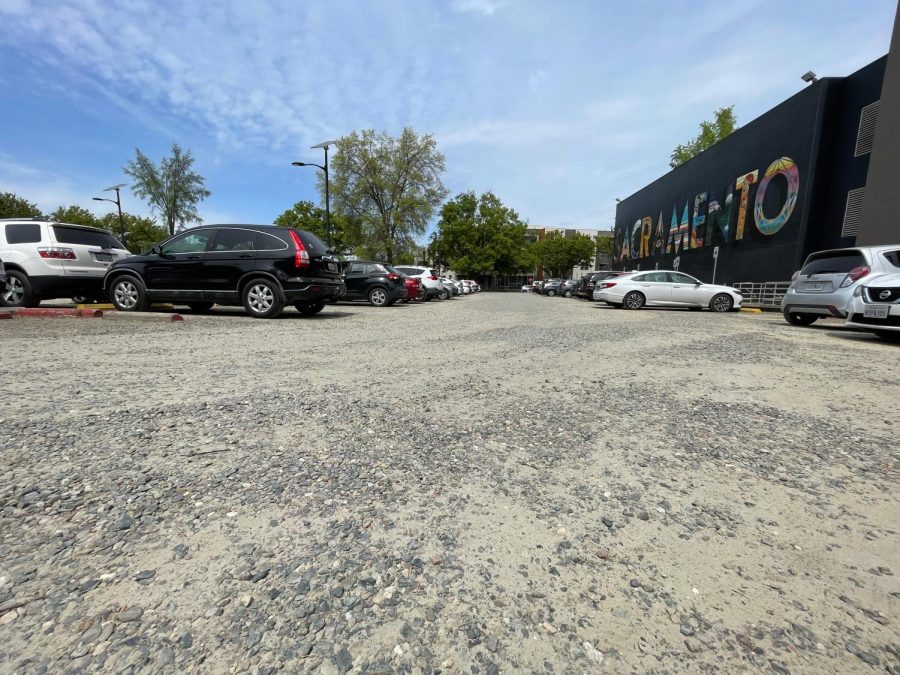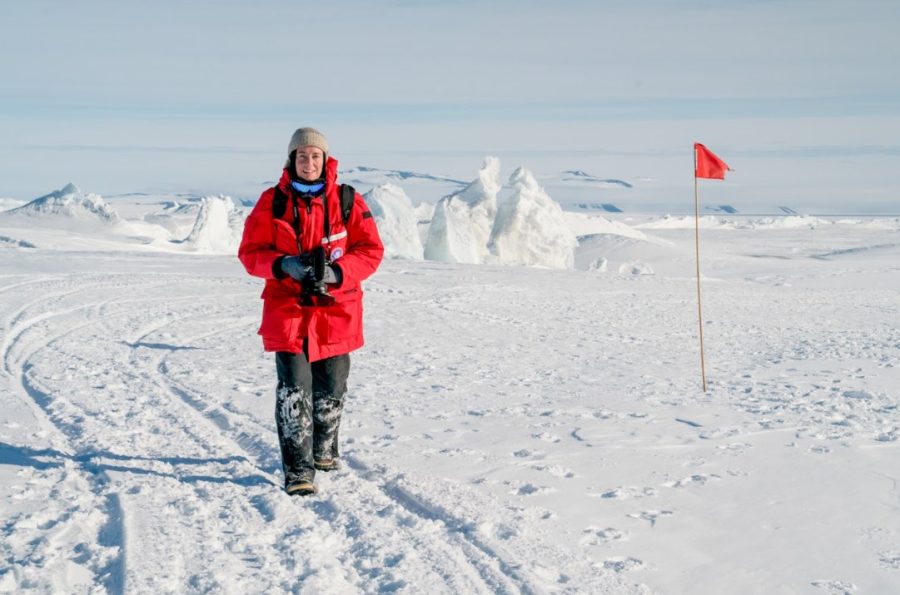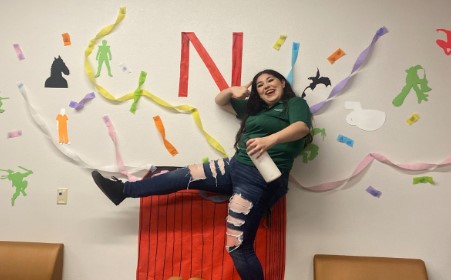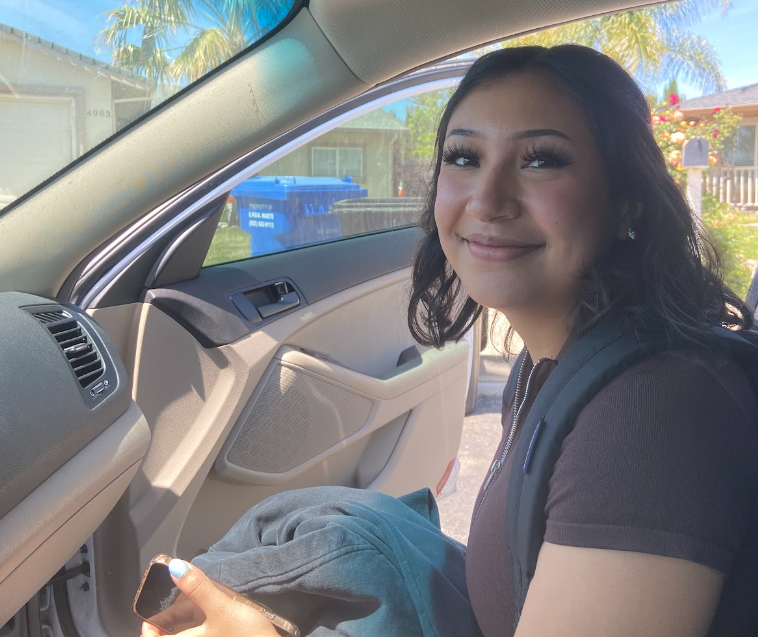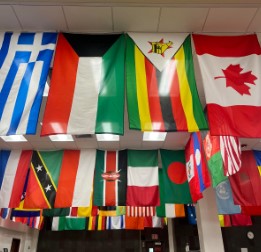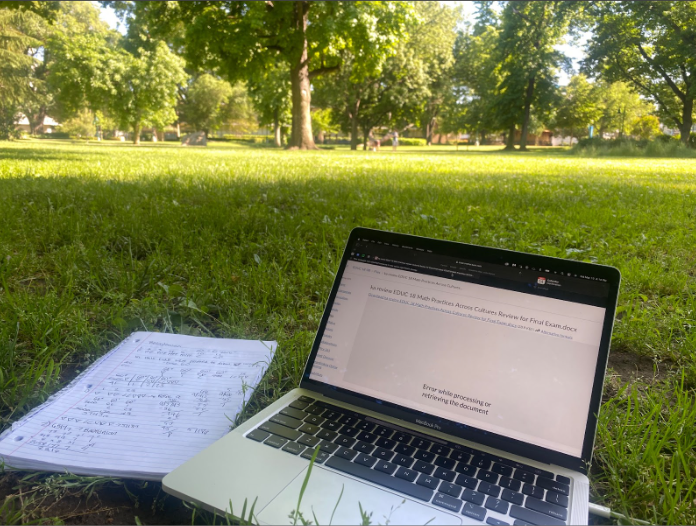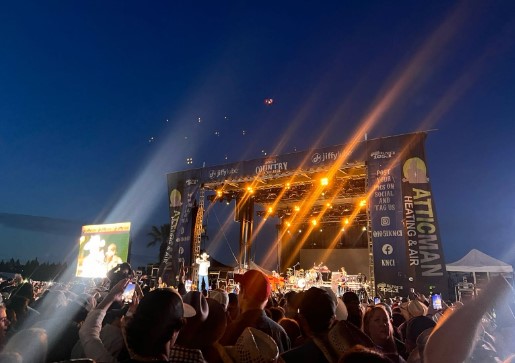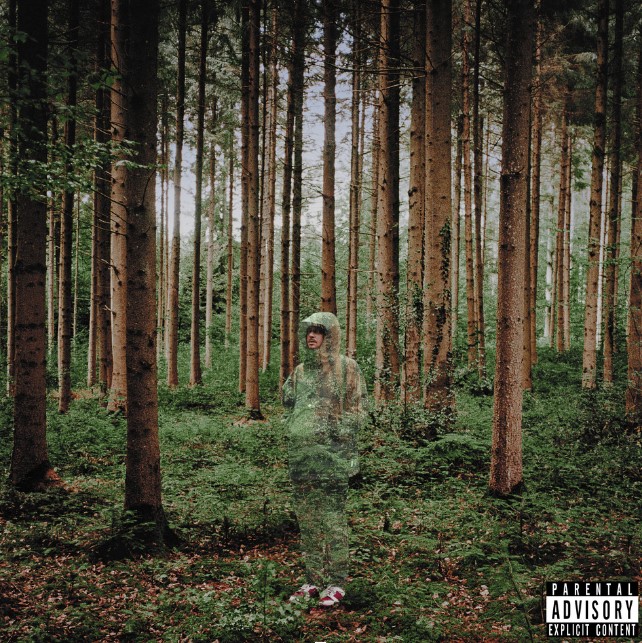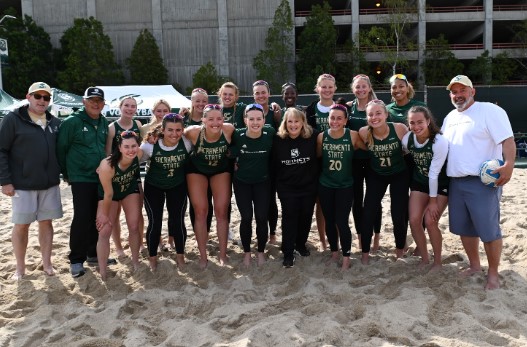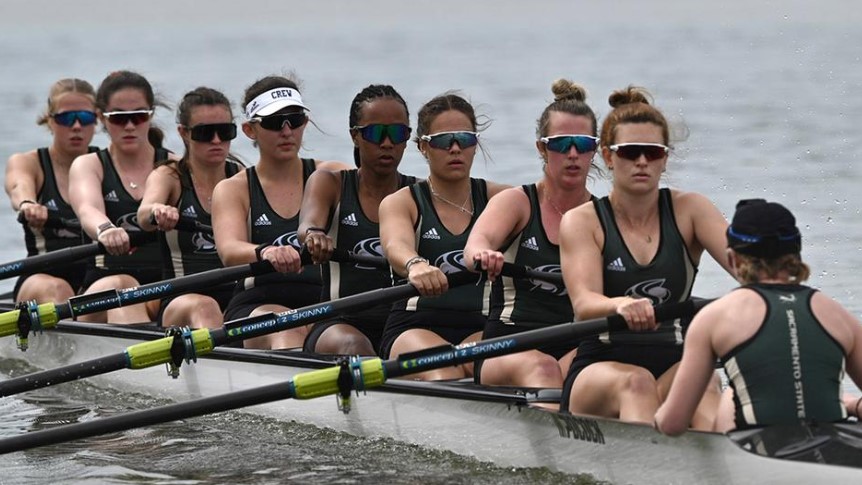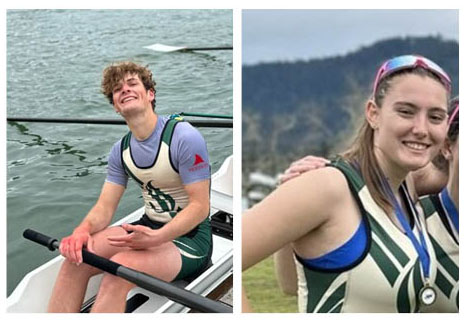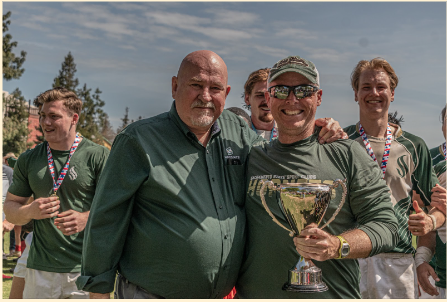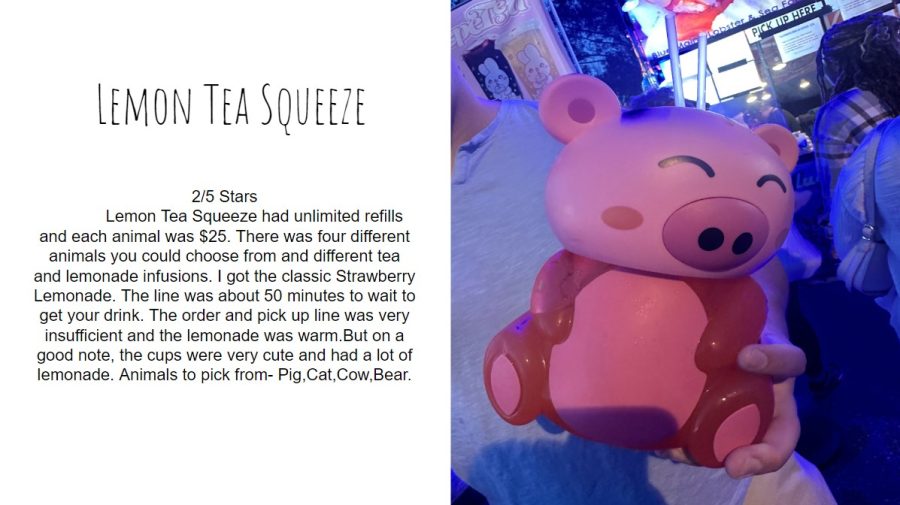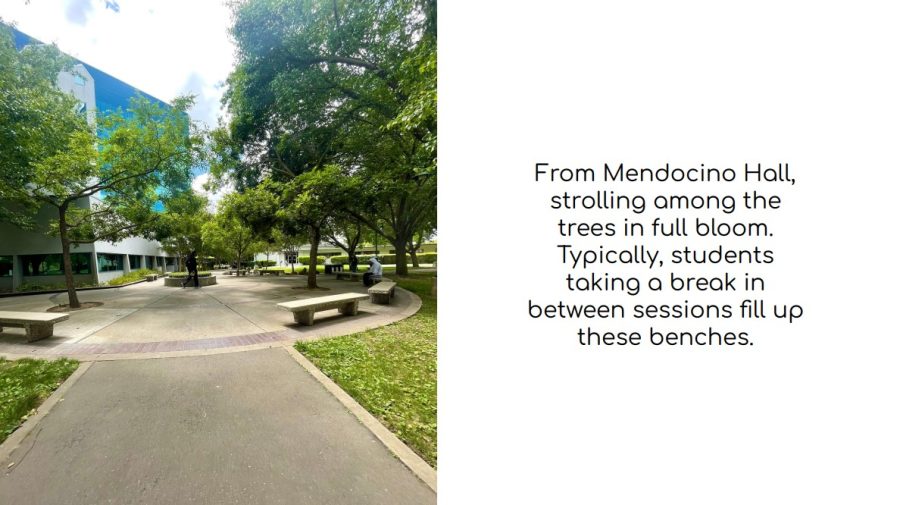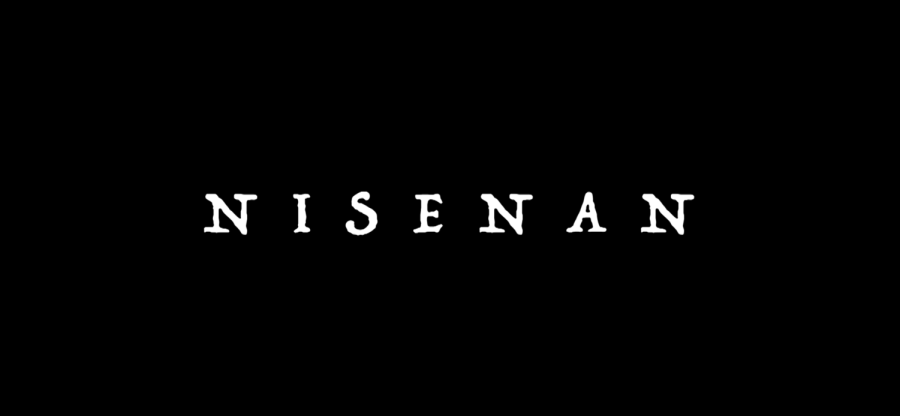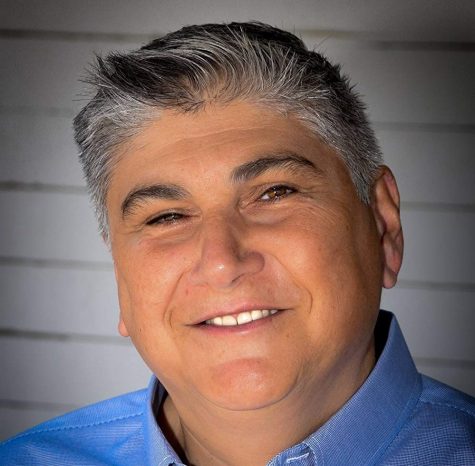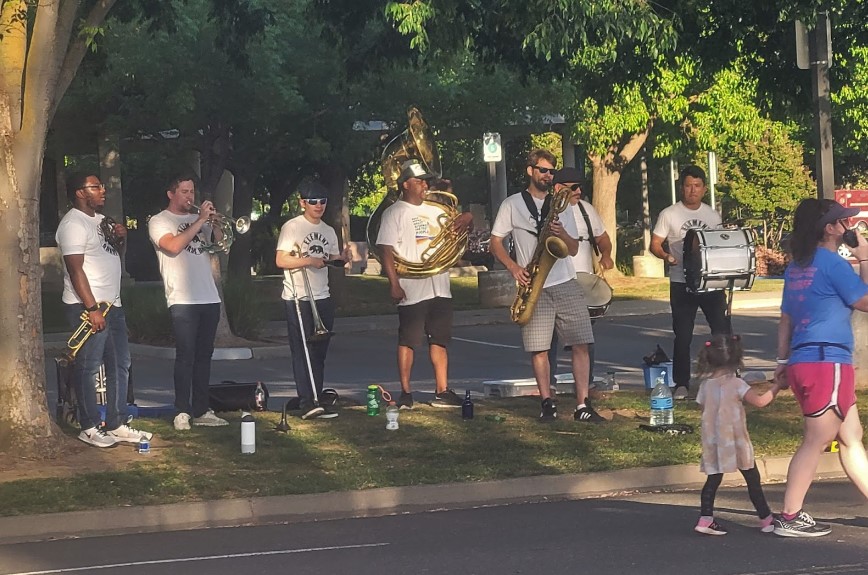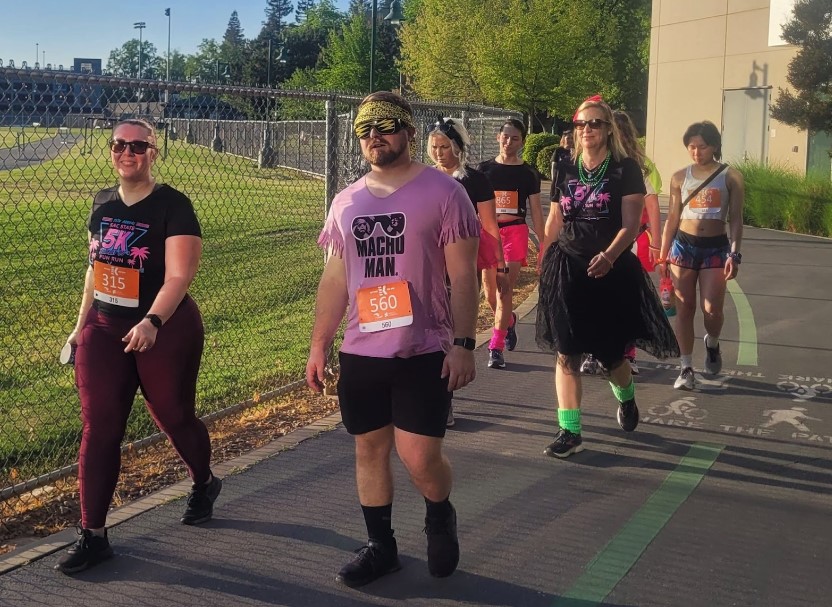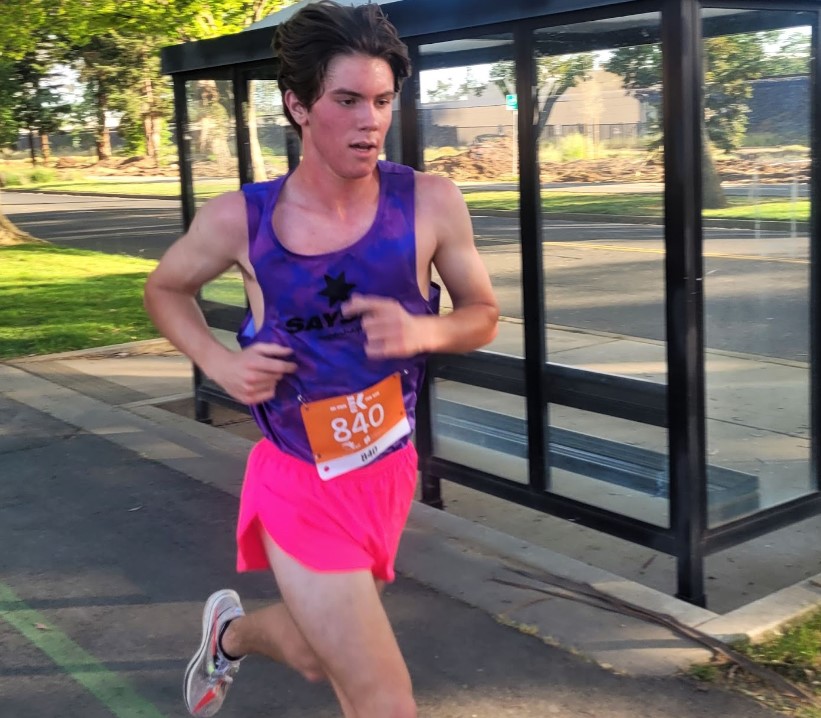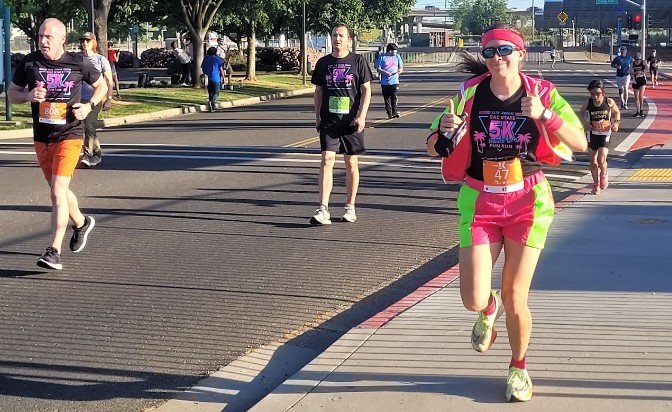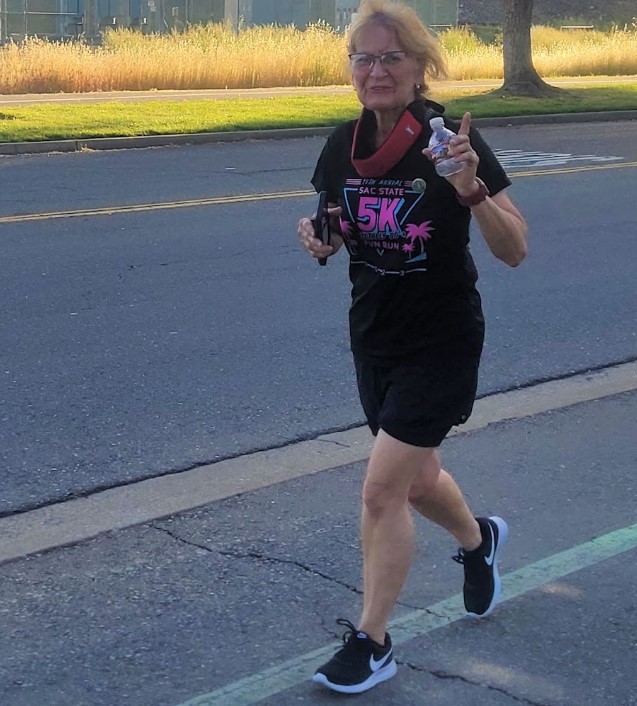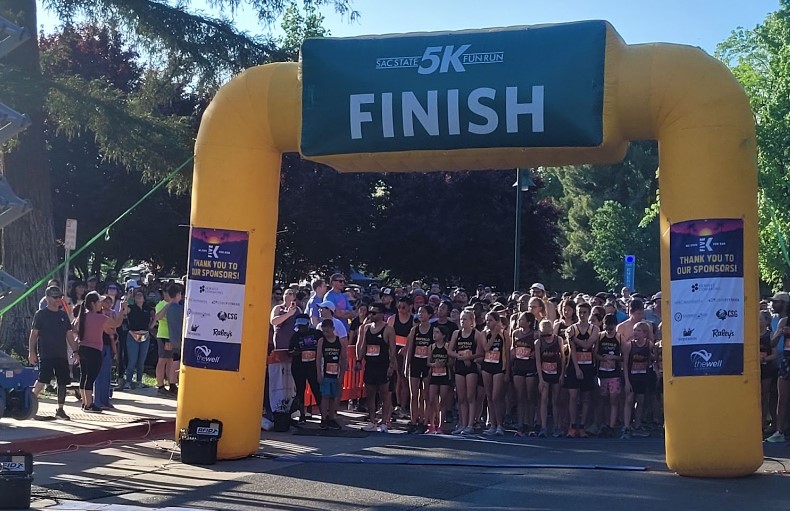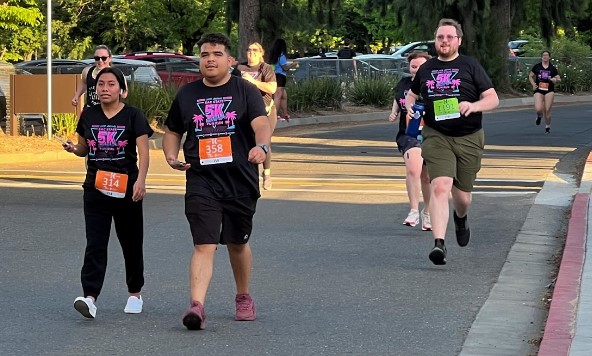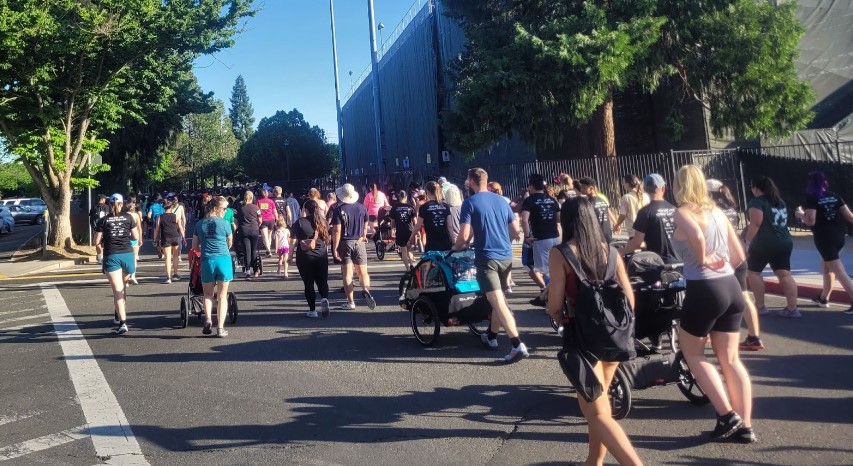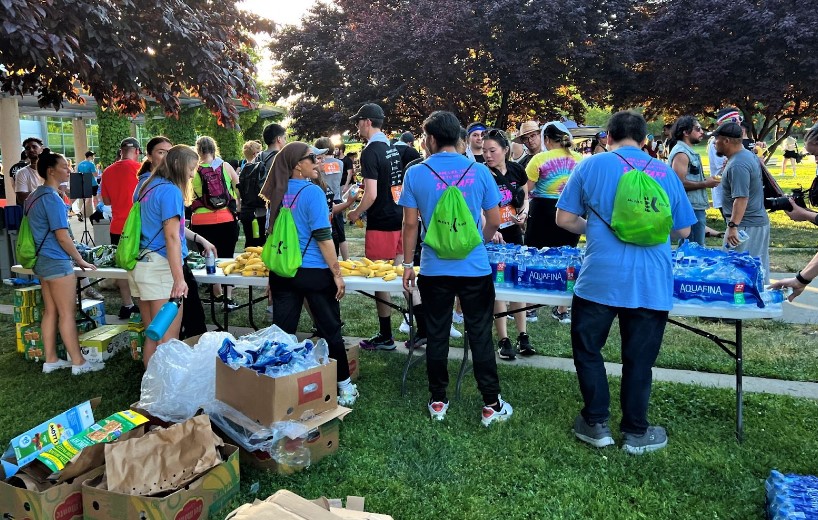After enduring harsh conditions in Antarctica, professor produces compelling documentary
Kathy Kasic’s film, “The Lake at the Bottom of the World,” is streaming on several platforms, including Amazon Prime, Google Play, iTunes and Vudu
Kathy Kasic, Sacramento State associate professor of film, spent six weeks in Antarctica capturing footage of a scientific research project for her documentary film, “The Lake at the Bottom of the World.”
May 9, 2023
Kathy Kasic, Sacramento State associate professor of film, is a multifaceted professional who wears multiple hats as a lecturer, documentary filmmaker and scientist. An extensive portfolio of her documentary films have been featured on National Geographic, BBC, PBS, Discovery Channel and various film festivals worldwide.
Kasic’s most recent documentary, “The Lake at the Bottom of the World,” about a research expedition exploring a subglacial lake 3,600 feet beneath the Antarctic ice, has already been recognized and awarded by multiple film festivals since its release in February. The documentary film is also streaming on several platforms like Amazon Prime, Google Play, iTunes and Vudu.
The heart of the story
The Antarctic continent is home to hundreds of subglacial lakes hidden beneath the ice sheet, including Lake Whillans located under the Whillans Ice Stream at the southeastern edge of the Ross Ice Shelf in the west of the continent. To study this lake, scientists used a hot-water drill to bore 3,600 feet into the ice. The sediments they analyzed contained thousands of bacteria, viruses and microbes feeding on each other.
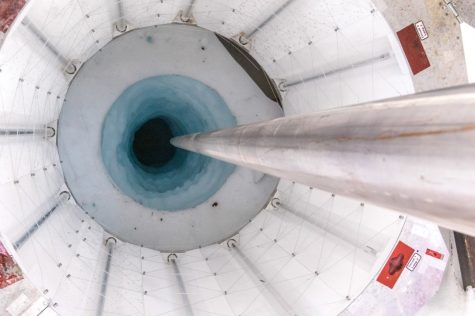
“Part of that basic science is also understanding how the ice sheet in Antarctica melted in the past, so that we can understand future melting,” Kasic said. “To try to understand … how vulnerable the West Antarctic Ice Sheet is to collapse.”
In addition to production challenges posed by the freezing weather, exhausting schedule and sleep deprivation, Kasic also needed to keep her documentary film about the Antarctic scientific research as appealing and engaging as possible. The filmmaking method she used is called sensory vérité.
“What I like to do is to film things in sort of a sensory way, which means that I’m looking at things visually and orally or in order to try to allow people to immerse themselves in it,” Kasic said. “At some point, you can’t hear all the information, and so sometimes you just need to feel a place – and so that’s why I like to balance the two.”
It never hurts to ask
Kasic’s first job in filmmaking was born out of a chance meeting in Montana where she was trying to complete her Master of Fine Arts degree in science and natural history filmmaking.
“The BBC was coming to make a film about Yellowstone, and so I met the series producer,” Kasic said. “We went out for beer, and he said we need to buy a vehicle. I said well, I’ll help you buy a vehicle. And he said oh, really? And I said yeah, you should just hire me anyway.”
It was an offer the BBC series producer couldn’t refuse.
“So, then they hired me … and the whole production ran through my house,” Kasic said. “For three years I worked on that Yellowstone series … and I traipsed through Yellowstone National Park in all seasons.”
What seems hard will one day be a warmup
Traipsing through Yellowstone National Park, especially in the Montana winter months, became a warmup for what Kasic’s next chance meeting would bring. As the founding director of the Center for the Communication of Science, Kasic was looking for support when she walked into a Montana State University faculty’s office.
“I wanted some support and he – within 10 minutes – said, ‘Would you like to be on my next grant?’” Kasic said. “ ‘I’m going to Antarctica and we’re going to look for a subglacial lake hidden 3,600 feet underneath the ice sheet.’ ”
Although the idea of snow camping in a remote outpost 400 miles from the South Pole to make a documentary film under harsh conditions was somewhat intimidating, her strong desire to visit Antarctica helped push Kasic over the fence, making it an offer she couldn’t refuse.
Coming in from the cold
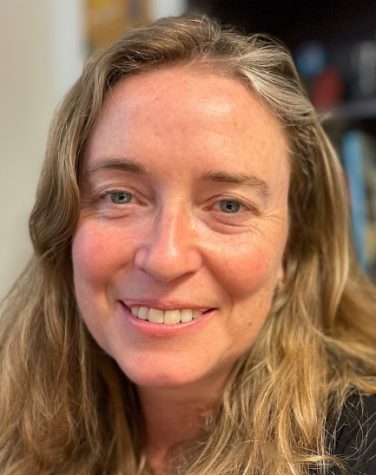
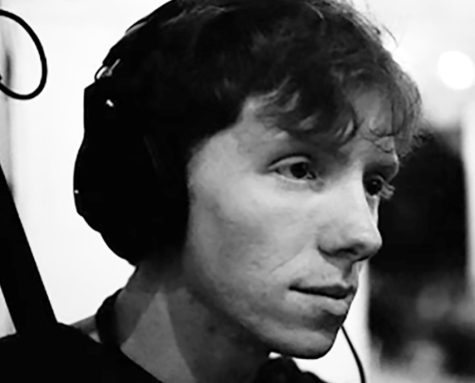
After six weeks of grueling around-the-clock field production, Kasic returned from Antarctica and enlisted Sacramento State film student Patrick McGill to assist with viewing and cataloging hundreds of hours of captured footage.
“It was a very rewarding experience … I’ve done something really big with really great people that I’d never been in the same room with, up until I met Professor Kasic,” McGill said.
According to McGill, his experience during the post-production of the documentary film stands out as one of the greatest accomplishments on his professional resume.
“It’s another debt I owe Professor Kasic that I am able to put a feature documentary on my resume,” McGill said. “It’s helped me a lot to stand out.”
Kasic’s documentary film, “The Lake at the Bottom of the World,” skillfully weaves together insightful interviews with passionate scientists who convey authentic emotions toward their work, immersing viewers in a distinctive realm of scientific exploration.
“You could potentially feel it as if it were something you could touch with your eyes, or something that you can hear, but that you can really feel through your senses,” Kasic said. “I think that helps to engage people on another level than just cognitively through sort of an intellectual way, because I think science is obviously a very intellectual pursuit.”
Watch the trailer for The Lake at the Bottom of the World.


